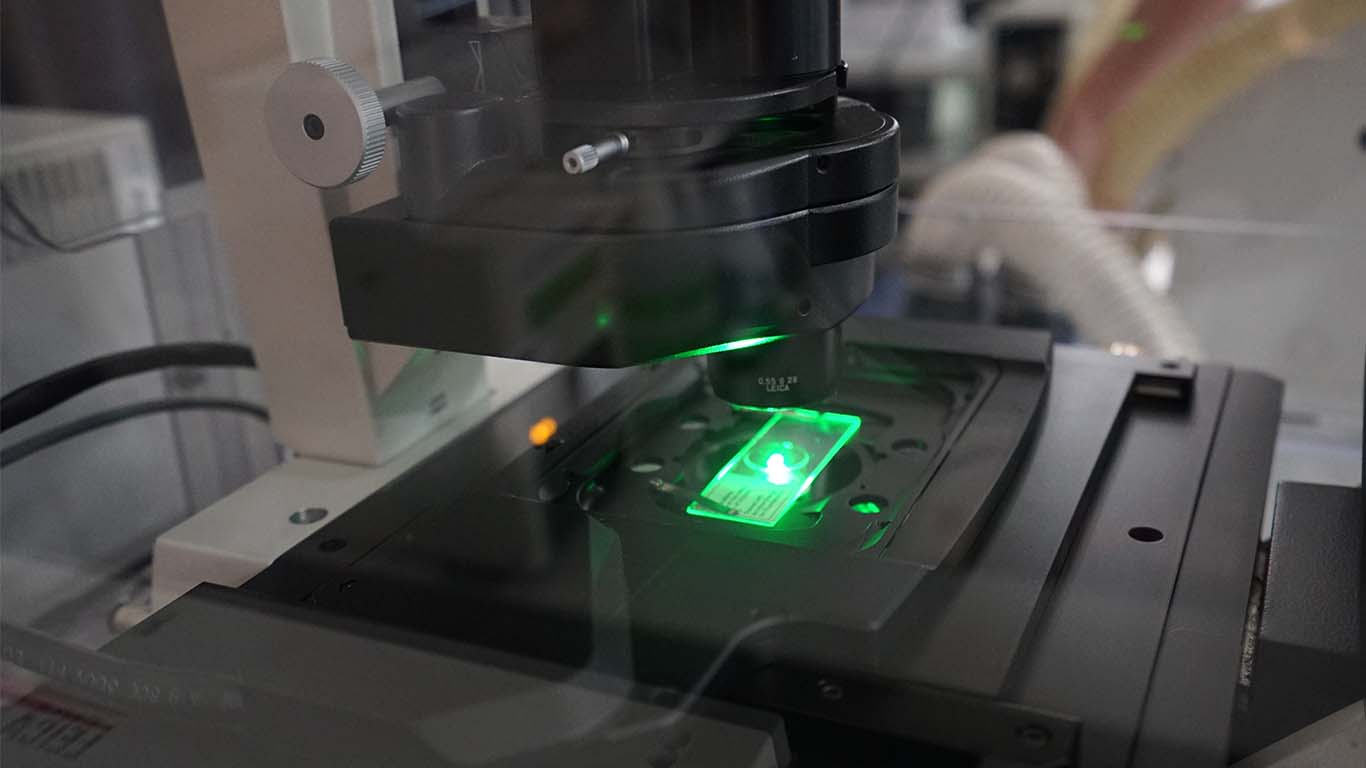The generation of a stem cell-derived neurofibroma model opens the door to new treatments development
February 22, 2022
- Neurofibromas are tumors of the peripheral nervous system, which develop in people with a hereditary disease, and they are the main cause of death among those people.
- An IGTP team, in collaboration with researchers from IDIBELL, P-CMRC, and ICO, has developed a three-dimensional model of a neurofibroma that will allow the analysis of new treatments.

A paper published in the journal Cell Reports describes the development of a new system based on stem cells to generate neurofibromas, tumors of the peripheral nervous system. These tumors develop in people who have a very prevalent hereditary disease, 1 in 3000 people, called Neurofibromatosis type 1, and are the main cause of death among these patients.
Until now, there was not a good model of human neurofibromas in mice to test new treatments. This work, led by the Hereditary Cancer group of the IGTP, and with the participation of researchers from the regenerative medicine program of IDIBELL and the P-CMRC, researchers from the Oncobell cancer research program of IDIBELL and ICO represents an important leap in the modeling of these tumors.
The originality of the work lies in the use of a 3D culture system, made up of Schwann cells, derived from human stem cells, and fibroblasts, isolated from patient tumors, the two main cell types of neurofibromas. This model can generate many spheres at the same time, and therefore, it is possible to evaluate multiple drugs. Furthermore, when these spheres are implanted in the sciatic nerve of a mouse, they can generate human neurofibromas, showing that they represent a reliable model.
Finally, single-cell analysis was used to study the cellular heterogeneity of patient neurofibromas. This has permitted them to have a clearer and more complete image of the cellular composition, helping to understand these tumors and design new potential drugs.
This work has also had the participation of the Center for Genomic Regulation (CRG-CNAG) and the Pathological Anatomy Service of the Vall d’Hebron Hospital.

